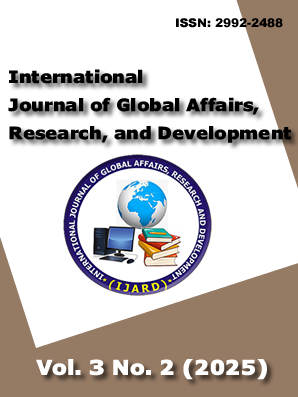NEODYMIUM-DOPED TELLURITE GLASSES FOR LASER APPLICATIONS: A BIBLIOMETRIC REVIEW
Keywords:
Laser devices, Zinc-tellurite glasses, Rare earth elementsAbstract
Research on properties of zinc-tellurite glasses for laser devises application has increased rapidly in recent years, so efforts are needed to understand the status of trends and their development to support these trends. The specific objectives of this review are to analyze document type, source document, top affiliation, top source title, subject area, top 5 cited publications. The database used is the Scite.ai database. The results show that the development of this research has increased exponentially over the last five years. The most common types of documents are articles, journal document sources, the most sponsored funding is the National Natural Science Foundation of China (5). In the top source title, “Rsc Advances” is the main source of the research publications (206). The top authors affiliation on the research of properties of zinc-tellurite glasses is the French National Centre for Scientific Research. For the top-cited author, Anthony et al., (2016) is recognized as the most citated author (56). The author with the highest number of publications is Adam Gali (18). The implication of this research is to find some examples of novelty in zinc-tellurite glasses for laser devises research so that this review can be used as a reference for future research. This review can also find the most relevant issues in the Scite database and the authors that had the most significant impact and identify the scientists' main lines of research in each defined period.
Downloads
Published
How to Cite
Issue
Section
License
Copyright (c) 2025 International Journal of Global Affairs, Research and Development

This work is licensed under a Creative Commons Attribution-NonCommercial 4.0 International License.
CC Attribution-NonCommercial 4.0 (CC BY-NC 4.0): This license allows others to download works from your journal and share them with others as long as they credit the author, but they can't use them commercially. They can create derivative works, but those derivatives must also be non-commercial and give appropriate credit.


